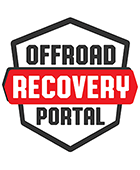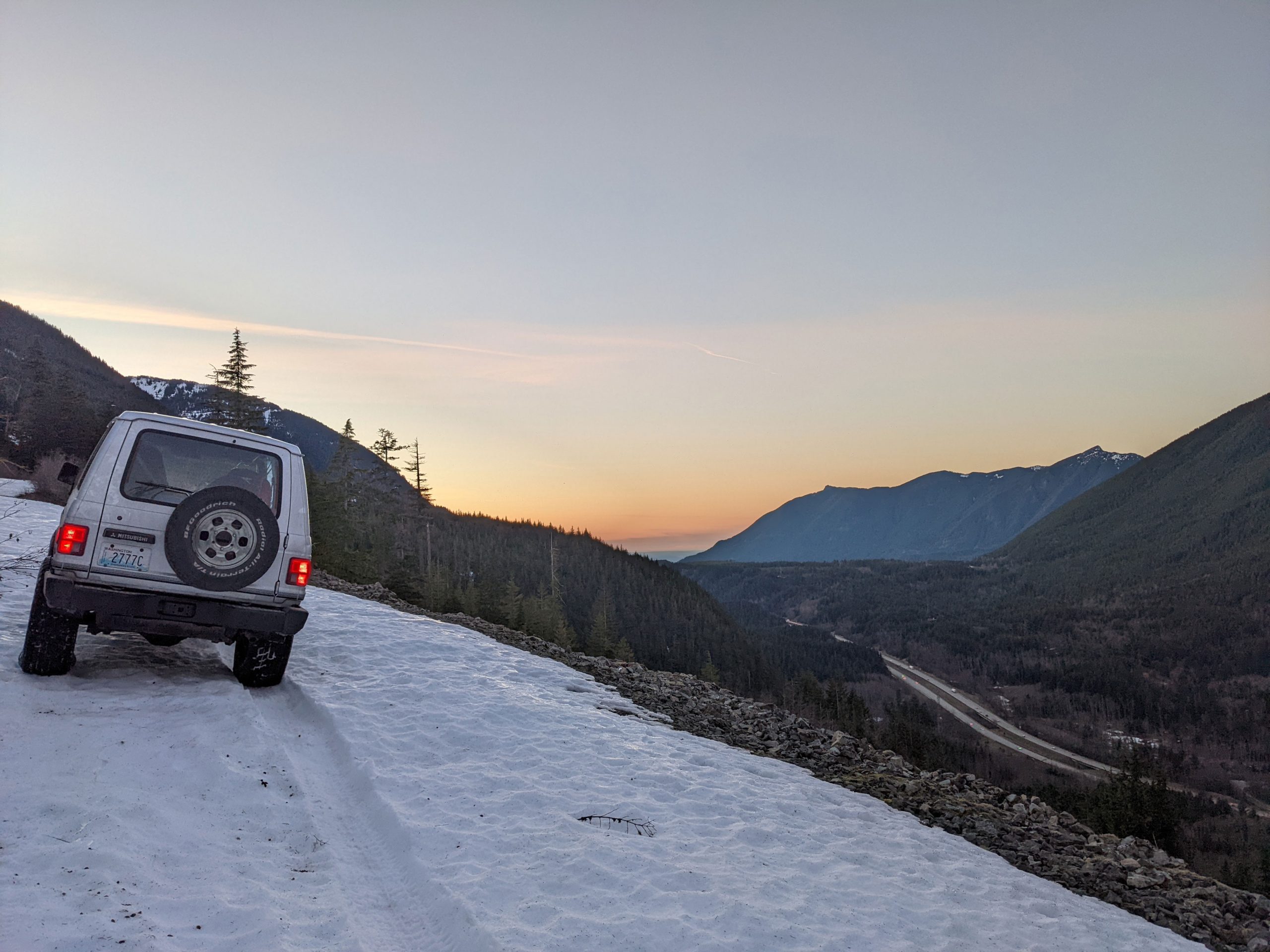We have some content available only to paying patron members. You can pay as little as $5 a month to access this content. With the help of all patrons, we pay the cost to run our free services to coordinate recoveries across all 50 states.
This content is available exclusively to members of Offroad's Patreon at the time of posting. Become a patron at $0.01%%currency_sign_fbehind%% or more to get exclusive content like this in the future.
Already a qualifying Patreon member? Refresh to access this content.


 Unlock with Patreon
Unlock with Patreon